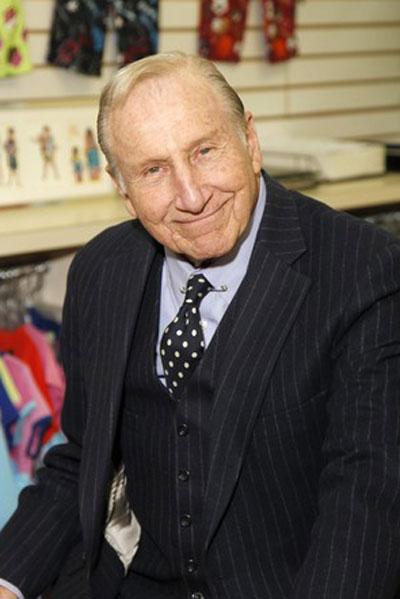GUESTWORDS: Home to the Morgan
GUESTWORDS: Home to the Morgan
Who says you can’t go home again? We may try to relive a time of our lives, but people, places, and experiences evolve, and memory is not always accurate.
Of course things change, they never stay the same, like the Morgan Library. It’s now called the Morgan Library and Museum. It’s not just a repository of J.P. Morgan’s collection of rare books, like his three Gutenberg Bibles and inspiring original manuscripts with handwritten corrections and plot notes of writers like Charles Dickens, Jane Austen, and Mark Twain. It’s more than that.
The Morgan is a proper museum now, with exhibitions like the one not long ago of drawings from the Louvre and a show of Ingres drawings from the Morgan’s own collection. There are lectures, films, and chamber music concerts held on a regular schedule.
There are physical changes to the Morgan as well. It has a new glass core addition designed by the world-famous architect Renzo Piano that effortlessly joins the two original mid-1800s brownstones. The addition provides plenty of space for a wall honoring benefactors and corporate donors, an open cafe, a redesigned, more formal restaurant, more exhibition space, as well as climate-controlled storage for rare books and paintings. The gray glass blends seamlessly with the soft Tennessee marble, soldering the new and the old. The glass elevator takes me on a journey to heaven and Hades.
I took a docent-led tour of an institution I knew very well, having lived a couple of blocks away for many years. I used to drop in at the Morgan on my way home from work for a quick culture fix. The Morgan in those days was never crowded, just a few older people peering into glass cases, admiring the collection of seals from Mesopotamia, reading the titles etched in gold on the leather-bound volumes in the library. The Morgan was the transition from my job as an art director to my role as wife and mother. There was a quiet you could hear in the majestic rooms. I could have a few minutes of contemplative thought among beautiful and rare objects before I dived into dinner preparation and homework supervision.
The tour lasted an hour and I learned all sorts of new things about the old robber baron. I didn’t know that he had acquired his collection in a short period of time, 20 years, with repeated shopping trips to Europe. He also sold things to other industrialists, like Henry Clay Frick, who bought his Fragonard murals. The library had been recently cleaned and the iconography of the Flemish tapestry depicting the seven deadly sins was explained in detail. The secret pulls that hid the stairs to reach the three-tiered rows of books were pointed out. The multiple levels made the library look like an elaborate wedding cake of knowledge.
One of my favorites in the museum is the John Singer Sargent portrait of J.P. Morgan’s daughter-in-law. He captured her refined beauty, her perfect posture; she was a flawless lady of her era.
But it was time for lunch. I entered the jewelbox-like restaurant and was shown to a table for four. I questioned if that was all right since I was alone and didn’t want to take up too much space. I was assured it was. My waiter of Greek and Turkish origin spoiled me with a bean cushion behind my back. Sometimes luxury is being alone with artists, ruminations, and memories.
Austere portraits in heavy gilt frames contrasted with the bright white walls and modern, lipstick-red Italian chairs. Contemporary lighting hung from the ceiling, a nice punctuation point weaving levels of architectural history. As I sat in the small dining room with plaster icing around the ceiling, I enjoyed my perfectly cooked cod, translucent with a crisp fried zucchini blossom placed artfully on top, a delicious contrast in texture to the fish. I sipped my glass of sauvignon blanc as I took in the drawings by David, Delacroix, and Prud’hon on loan from the Louvre and never seen before in the States. Prud’hon’s drawing of his fiancée, Constance Mayer, was as alive and fresh as if she were having lunch with me. A decaf cappuccino let me linger a while longer. I felt a reluctance to leave.
Ten years ago we sold the carriage house near the Morgan where we lived for almost 30 years. The person we sold it to called recently to say he had just sold it for an obscene amount of money. I congratulated him.
He’s never been to the Morgan Library and Museum.
Joanne Pateman is a regular contributor of “Guestwords.” She has an M.F.A. from Southampton College and lives in Southampton.

